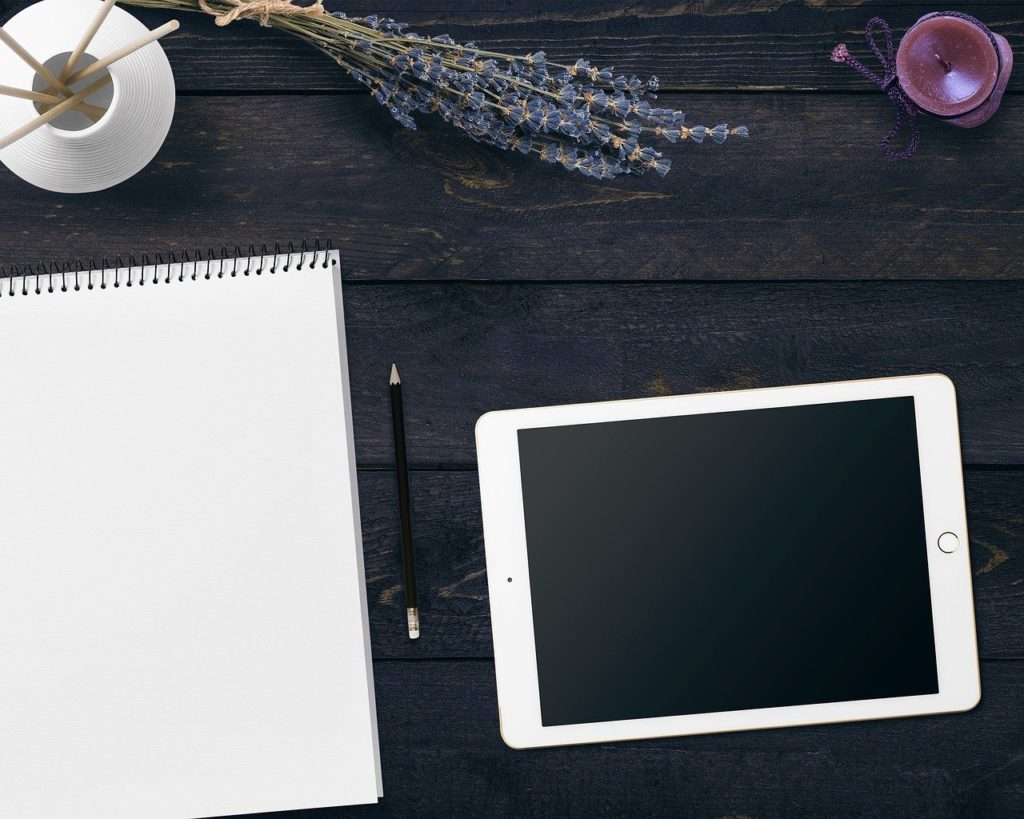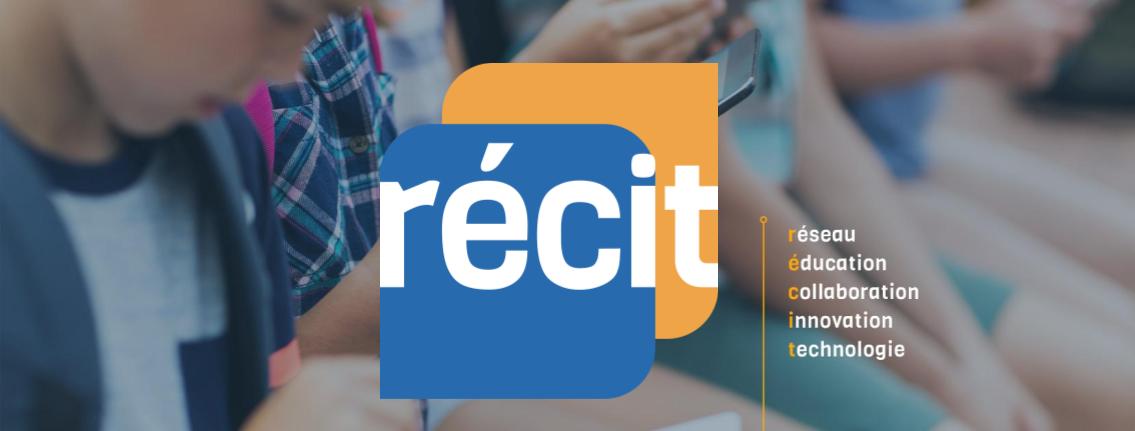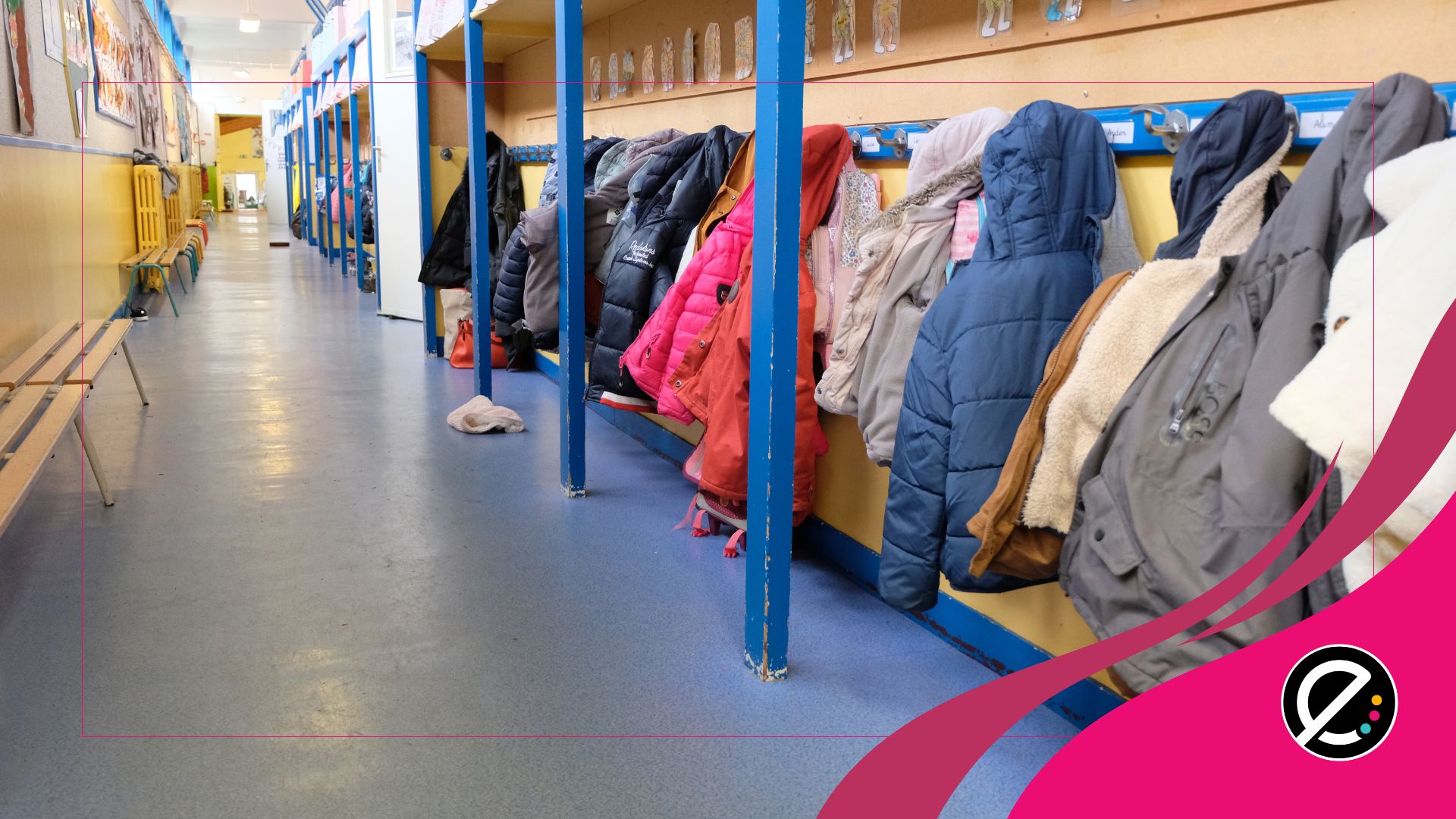Lorsqu’on pense à l’écriture numérique, on pense souvent au fait de taper sur un clavier d’ordinateur ou sur un écran tactile. Pourtant, le déploiement massif de tablettes numériques dans les écoles ces dernières années invite aussi à comparer l’écriture manuscrite sur papier à celle sur l’écran, avec un stylet. Voici quelques pistes intéressantes.
« Si les recherches s’accordent sur la nécessité de conserver l’écriture manuscrite, notamment à l’école, il ne s’agit pas pour autant de renier les apports des technologies numériques. L’idée est alors d’utiliser les tablettes tactiles comme support d’écriture manuscrite. » Voilà ce qui a intéressé Denis Alamargot, professeur à l’Université Paris-Est Créteil Val de Marne (UPEC), et Marie-France Morin, professeure titulaire et chercheure au Groupe de recherche et d’intervention sur les adaptations sociales de l’enfance (GRISE) de l’Université de Sherbrooke, dans leur article publié dans The Conversation.
Écrire sur tablette, en 2e année du primaire versus en 2e année du secondaire
D’abord, dans une étude réalisée en 2015, Denis Alamargot et Marie-France Morin ont enregistré le geste d’écriture d’élèves de 2e année du primaire et de 2e secondaire. Au final, sur la tablette, les élèves du primaire faisaient des pauses plus longues lorsqu’ils produisaient les lettres, alors que ceux du secondaire traçaient des lettres plus grandes en appuyant fortement sur la mine.
« La surface de la tablette étant plus lisse, les élèves éprouvent une sensation de “dérapage” en écrivant avec le stylet. Si vous avez déjà signé numériquement la réception d’un colis, vous avez certainement vécu cette impression. Pour compenser cette perte de contrôle, les élèves plus âgés (14 ans) augmentent la taille des lettres et la pression sur le stylet de manière à mieux ressentir la force exercée sur celui-ci », résume Marie-France Morin. « Il faut toutefois contextualiser ces résultats de recherche, ils ne doivent pas être perçus comme un discours anti-technologique ou contre les tablettes dans les écoles. L’étude vise à démontrer que les outils numériques supportant l’écriture doivent être introduits au bon moment du parcours scolaire et selon les besoins des élèves. »
La professeure croit également que cela peut amener à réfléchir sur les contextes d’utilisation de la technologie. « Le clavier ou la tablette ne sont pas des solutions pour toutes les difficultés en écriture ; leur recours doit être bien pensé pour répondre adéquatement à la progression des élèves ».
Une question de surface
Plus récemment, en 2019, Mme Morin a également collaboré avec deux chercheurs français afin d’approfondir ce sujet par une étude à démarche différente : faire écrire les yeux ouverts ou fermés sur une tablette à surface rugueuse ou lisse. Par l’ajout (ou non) d’un micro-filtre rugueux sur l’écran des tablettes, l’étude conclut qu’une certaine adhérence à la surface peut aider les élèves à mieux contrôler leur geste d’écriture avec le stylet. En effet, la sensation de dérapage est moindre, donc se rapproche du mouvement observé avec le crayon sur du papier.
« Cela confirme que la texture du papier a une influence dans le processus d’écriture. La cohabitation entre la forme manuscrite et numérique serait donc judicieuse pour permettre aux élèves de bien automatiser le geste d’écriture en premier lieu. Comme on le sait, l’écriture manuscrite est une compétence qui permet de mobiliser des habiletés motrices, cognitives, perceptives et linguistiques, utiles au-delà de l’école ».
Vous pouvez en apprendre plus en lisant le texte original Apprendre à écrire : peut-on remplacer papier et crayon par tablette et stylet?






